Spring Boat Engine Inspection Guide: 10-Point Checklist

As the weather warms and boating season approaches, a thorough spring inspection of your boat's engine is essential for trouble-free enjoyment on the water. Winter storage, even when properly done, can lead to various issues that should be addressed before your first outing. This comprehensive inspection guide will walk you through the critical systems that need attention after the off-season.
By following this 10-point checklist, you'll identify potential problems early, when they're typically less expensive and easier to fix. You'll also gain peace of mind knowing your vessel is ready for a safe and enjoyable season. Whether you're a DIY enthusiast or prefer to work with a professional, this guide will help ensure nothing important is overlooked.
1. Fuel System Inspection

The fuel system is particularly vulnerable during storage periods and should be your first inspection point.
Check for Fuel Degradation
Even with stabilizer, fuel can deteriorate over time:
- Examine fuel in the tank for discoloration, sediment, or unusual odor
- If fuel appears dark or smells sour, consider draining and replacing it
- For partially filled tanks, top off with fresh fuel to dilute any degraded fuel
Inspect Fuel Lines and Connections
Fuel lines can deteriorate, especially with ethanol-blend fuels:
- Check all fuel lines for cracks, softness, or brittleness
- Inspect connection points for leaks or corrosion
- Squeeze bulbs (on outboards) should be firm and quickly refill
- Verify that anti-siphon valves and fuel shut-offs operate properly
Examine Fuel Filters and Water Separators
Contaminants often collect in filters during storage:
- Inspect primary and secondary fuel filters for debris or water
- Check water separator bowls for accumulated water
- Replace filters according to manufacturer recommendations
- Consider installing a new filter even if the current one appears clean
For optimal fuel system performance, explore our fuel system components collection, which includes high-quality filters and water separators designed for marine applications.
2. Cooling System Evaluation

Cooling system failures can quickly lead to catastrophic engine damage, making thorough inspection critical.
Inspect Water Pump and Impeller
The water pump impeller is a common failure point after storage:
- Check impeller condition if it wasn't replaced during winterization
- Look for cracked, brittle, or deformed impeller vanes
- Inspect the water pump housing for wear or corrosion
- Verify that the water intake screen is clear of debris
Examine Hoses and Connections
Cooling system hoses often deteriorate over time:
- Check all hoses for cracks, softness, or bulging
- Inspect hose clamps for corrosion or looseness
- Verify that all connections are secure
- Look for mineral deposits that might indicate previous leaks
Test Thermostat Function
Thermostats can stick after periods of inactivity:
- Consider removing and testing the thermostat if engine has cooling history
- Check for proper opening at the specified temperature
- Inspect the thermostat housing for corrosion or deposits
- Verify that the bypass circuit is functioning correctly
Our cooling system components collection includes water pump kits, thermostats, and hoses specifically designed for marine applications, ensuring optimal cooling performance.
3. Electrical System Check

Electrical issues are common after storage and can be challenging to diagnose once on the water.
Battery Inspection and Testing
Batteries often fail after winter storage:
- Clean battery terminals and connections
- Check electrolyte levels in conventional batteries
- Test battery voltage under load
- Verify proper charging system output
- Inspect battery cables for corrosion or damage
Examine Wiring and Connections
Corrosion and rodent damage are common electrical issues:
- Inspect all visible wiring for chafing, cracks, or rodent damage
- Check electrical connections for corrosion or looseness
- Verify that all ground connections are clean and secure
- Test operation of all electrical accessories
Verify Ignition System Function
Ignition components can deteriorate during storage:
- Inspect spark plug wires for cracks or deterioration
- Check spark plugs for corrosion, carbon buildup, or damage
- Test ignition coil output if engine has starting issues
- Verify proper operation of safety switches and kill switches
For reliable electrical performance, browse our electrical components collection, featuring marine-grade ignition parts and wiring solutions.
4. Oil and Lubrication Assessment

Proper lubrication is essential for engine longevity and should be carefully evaluated after storage.
Engine Oil Inspection
Oil can deteriorate and become contaminated during storage:
- Check oil level and condition
- Look for signs of water contamination (milky appearance)
- Inspect for fuel dilution (strong fuel smell)
- Change oil and filter if not done during winterization
Lower Unit Lubrication Check
Lower unit oil can reveal potential seal issues:
- Drain a small amount of lower unit oil to check for water contamination
- Look for metal particles that might indicate gear damage
- Inspect for milky appearance indicating water intrusion
- Replace lower unit oil if contaminated or if not changed during winterization
Grease Fittings and Pivot Points
Moving parts need fresh lubrication after storage:
- Locate and grease all fittings on the engine and drive
- Lubricate throttle and shift linkages
- Apply appropriate lubricant to steering components
- Check power trim fluid levels and condition
Our marine lubricants collection includes specialized products for engines, lower units, and mechanical components, ensuring optimal protection and performance.
5. Belt and Hose Examination

Rubber components often deteriorate during storage and should be carefully inspected.
Drive Belt Inspection
Belts can crack or lose tension during storage:
- Check all belts for cracks, fraying, or glazing
- Verify proper belt tension
- Inspect pulleys for alignment and damage
- Replace belts showing signs of wear or that are more than 3 years old
Pressure Hose Evaluation
High-pressure hoses are critical failure points:
- Inspect power steering hoses for cracks or leaks
- Check hydraulic trim hoses for deterioration
- Examine fuel pressure lines for softening or damage
- Verify that all hose clamps are secure and corrosion-free
Bellows Inspection (Stern Drives)
Rubber bellows protect critical components on stern drives:
- Check shift cable bellows for cracks or deterioration
- Inspect exhaust bellows for damage
- Examine drive bellows for signs of water intrusion
- Verify that all bellows clamps are tight and properly positioned
For reliable performance, explore our drive system components collection, which includes high-quality belts, hoses, and bellows for various marine applications.
6. Exhaust System Check

Exhaust system issues can lead to water intrusion and performance problems.
Inspect Exhaust Manifolds and Risers
These components are common failure points in marine engines:
- Check for external corrosion or rust stains
- Look for signs of water leakage at gasket surfaces
- Inspect for cracks or deterioration
- Consider removing risers for internal inspection on older engines
Examine Exhaust Hoses and Clamps
Exhaust hoses must maintain integrity to prevent water intrusion:
- Check all exhaust hoses for softening, cracks, or collapse
- Verify that all hose clamps are tight and corrosion-free
- Inspect hose routing for proper support and absence of chafing
- Look for signs of exhaust leaks or water intrusion
Verify Water Separation Function
Water must be properly separated from exhaust gases:
- Check water lift mufflers for proper operation
- Inspect for proper exhaust/water separation
- Verify that water exits properly with the exhaust
- Look for signs of water backing up into the engine
Our exhaust system components include high-quality manifolds, risers, and hoses designed for the marine environment's unique challenges.
7. Control System Verification

Control systems ensure safe and responsive operation and should be thoroughly checked.
Throttle and Shift Mechanism Check
Control cables can seize or become damaged during storage:
- Verify smooth operation of throttle controls
- Check shift mechanism for proper engagement in all positions
- Inspect control cables for proper routing and freedom from obstruction
- Lubricate all pivot points and connection points
Steering System Inspection
Steering components are critical safety items:
- Check for smooth, consistent steering operation
- Inspect hydraulic steering fluid level and condition
- Look for leaks in hydraulic steering systems
- Verify that mechanical steering components are properly lubricated
- Check steering stops for proper adjustment
Safety Switch Testing
Safety systems prevent accidents and should always function properly:
- Test emergency cut-off switch (kill switch) operation
- Verify that neutral safety switch prevents starting in gear
- Check operation of power trim limit switches
- Test any additional safety interlocks specific to your engine
For reliable control systems, explore our control system components collection, featuring cables, linkages, and hydraulic steering parts.
8. Visual Engine Inspection

A thorough visual inspection can reveal many potential issues before they cause problems.
Check for Fluid Leaks
Leaks often develop during storage:
- Inspect the entire engine for oil leaks
- Check for coolant leaks around hoses, connections, and drain plugs
- Look for fuel seepage around carburetors, injectors, and fuel lines
- Inspect hydraulic system components for leaks
Examine Engine Mounts
Engine mounts can deteriorate or become misaligned:
- Check all engine mounts for cracks, compression, or deterioration
- Verify that mounting bolts are secure
- Look for signs of excessive engine movement
- Inspect for proper alignment
Inspect Anodes (Zincs)
Sacrificial anodes protect against galvanic corrosion:
- Check all anodes for deterioration
- Replace anodes that are more than 50% deteriorated
- Verify that anode mounting surfaces are clean for good electrical contact
- Ensure all required anodes are present and properly mounted
Our engine mount and anode collections feature high-quality components designed for reliable protection and performance.
9. Initial Start-Up and Testing
Proper initial start-up procedures help identify issues and prevent damage.
Pre-Start Checks
Before starting, verify essential systems:
- Confirm cooling water supply is connected (for engines being tested on land)
- Verify that all drain plugs are installed
- Check that all fluids are at proper levels
- Ensure the area around the propeller is clear
- Verify that the transmission is in neutral
Initial Start Procedure
The first start should be carefully monitored:
- Start the engine and immediately check for water flow from the exhaust
- Monitor oil pressure gauge for immediate pressure
- Listen for unusual noises
- Watch for excessive smoke
- Check for leaks that might appear only when the engine is running
Operational Testing
Once running, verify proper operation:
- Allow the engine to reach operating temperature
- Verify that the thermostat opens (temperature should stabilize)
- Check idle speed and stability
- Test throttle response throughout the RPM range
- Verify proper shifting into forward and reverse
- Monitor all gauge readings for normal operation
For reliable engine performance, explore our complete range of marine engine parts designed for optimal operation and longevity.
10. Final Systems Check

A comprehensive final check ensures nothing has been overlooked.
Verify All Fluid Levels Post-Test
Running the engine can reveal leaks or consumption issues:
- Recheck engine oil level after running
- Verify coolant level is stable
- Check transmission fluid level
- Inspect for any fluid leaks that appeared during operation
Inspect Engine Under Load (If Possible)
Some issues only appear under load conditions:
- If possible, test the engine under load
- Monitor for proper cooling under load
- Check for smooth acceleration and deceleration
- Listen for unusual noises that might indicate problems
Create Maintenance Plan for the Season
Proactive planning prevents problems:
- Document any components that may need attention during the season
- Schedule mid-season maintenance based on expected usage
- Create a spare parts inventory for critical components
- Document baseline readings for future reference
For comprehensive maintenance solutions, explore our maintenance kits designed specifically for different engine models and service intervals.
Conclusion
A thorough spring inspection is an investment in trouble-free boating for the entire season. By methodically checking each system, you'll identify potential issues before they leave you stranded or cause expensive damage. While this checklist covers the essential systems, always refer to your engine's service manual for model-specific inspection points and procedures.
Remember that preventive maintenance is always less expensive than emergency repairs. If you're uncomfortable performing any of these inspections yourself, professional marine technicians can provide comprehensive spring commissioning services to ensure your boat is ready for a safe and enjoyable season on the water.
For all your spring maintenance needs, JLM Marine offers high-quality parts for most popular marine engine brands. Explore our collections by engine brand (Yamaha, Mercury, Volvo Penta) or by system (Cooling, Fuel, Electrical) to find the exact components you need for your spring inspection and maintenance.
Hi—I’m Jim Walker
I grew up in a Florida boatyard, earning pocket money (and a few scars) by rebuilding outboard carbs before I could drive. That hands-on habit carried me through a Ph.D. in mechanical engineering, where I studied how salt water quietly murders metal.
I spent ten years designing cooling systems for high-horsepower outboards, then joined JLM Marine as CTO. We bench-test every new part in the lab, but I still bolt early prototypes onto my own 23-foot skiff for a weekend shake-down— nothing beats real wake and spray for finding weak spots.
Here on the blog I share the fixes and shortcuts I’ve learned so your engine—and your day on the water—run smooth.

For Outboard Owners:
To assist you in maintaining and repairing your marine engines, we hope the following resources may be of use:
-
Fuel Pumps from JLM Marine
-
Fuel Pump Kits from JLM Marine
About JLM Marine
Founded in 2002, JLM Marine has established itself as a dedicated manufacturer of high-quality marine parts, based in China. Our commitment to excellence in manufacturing has earned us the trust of top marine brands globally.
As a direct supplier, we bypass intermediaries, which allows us to offer competitive prices without compromising on quality. This approach not only supports cost-efficiency but also ensures that our customers receive the best value directly from the source.
We are excited to expand our reach through retail channels, bringing our expertise and commitment to quality directly to boat owners and enthusiasts worldwide.

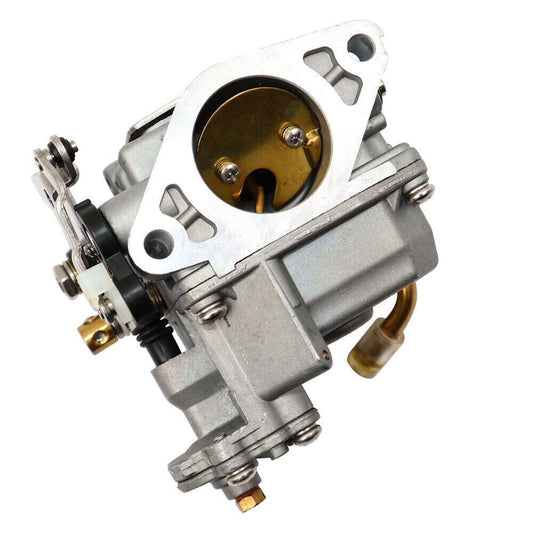
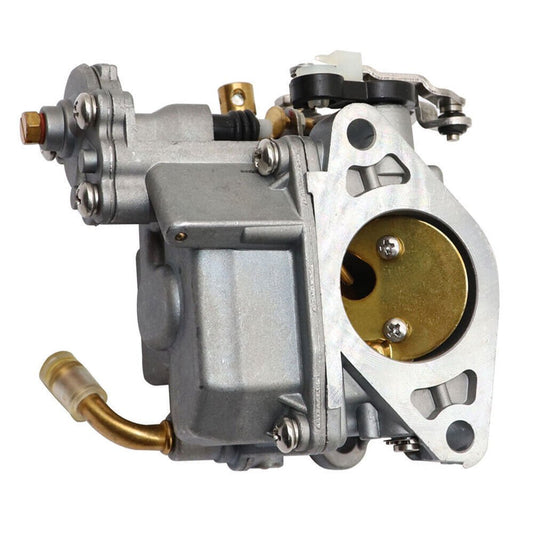
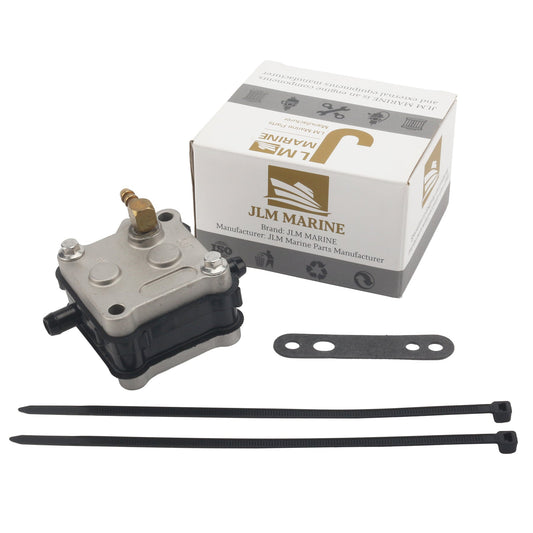
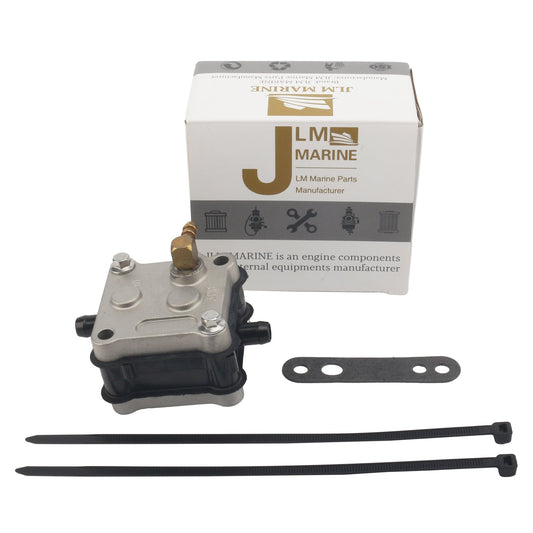
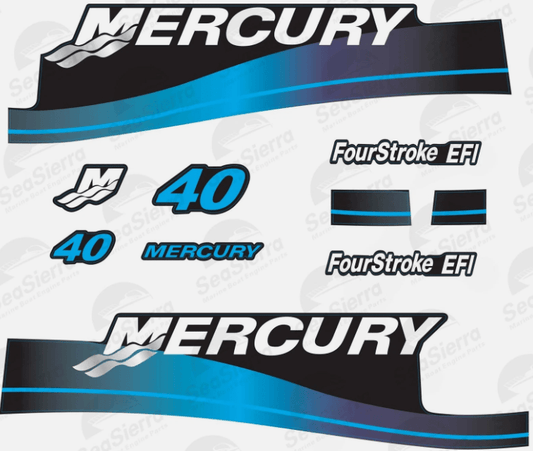

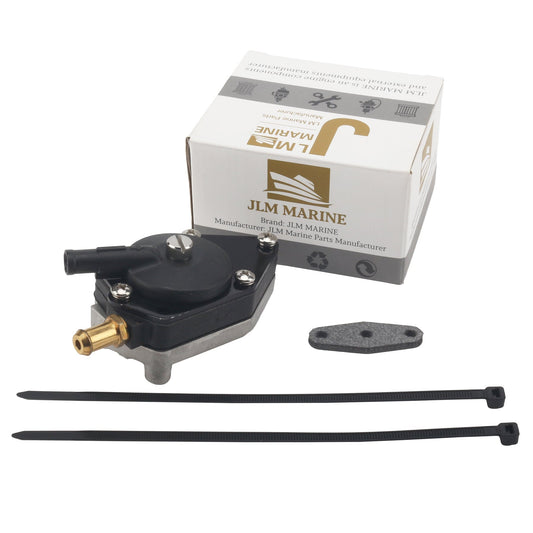
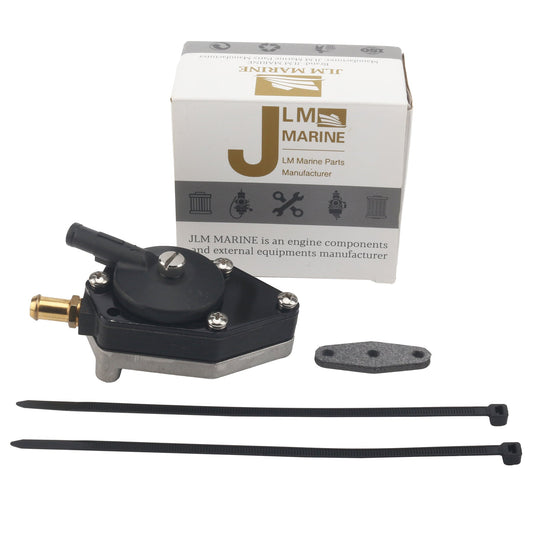
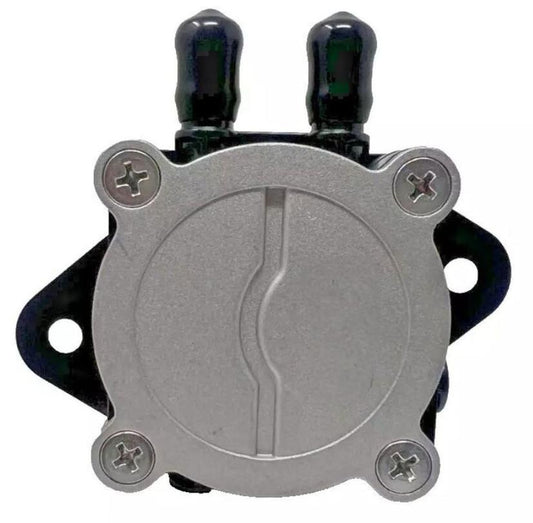
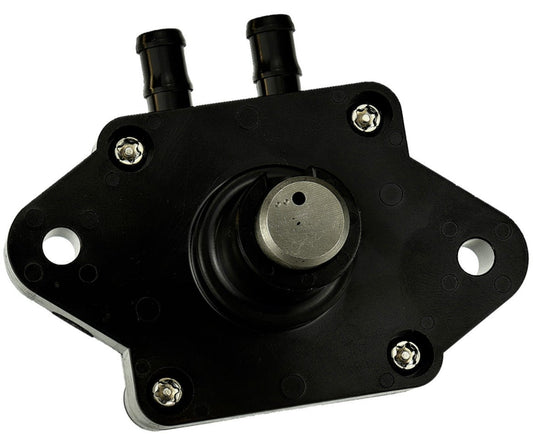
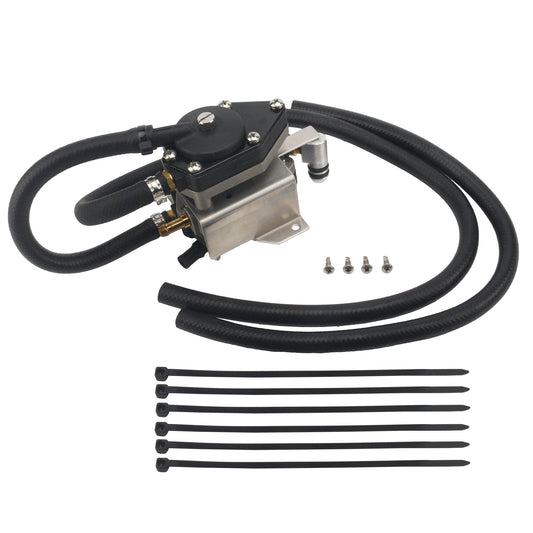
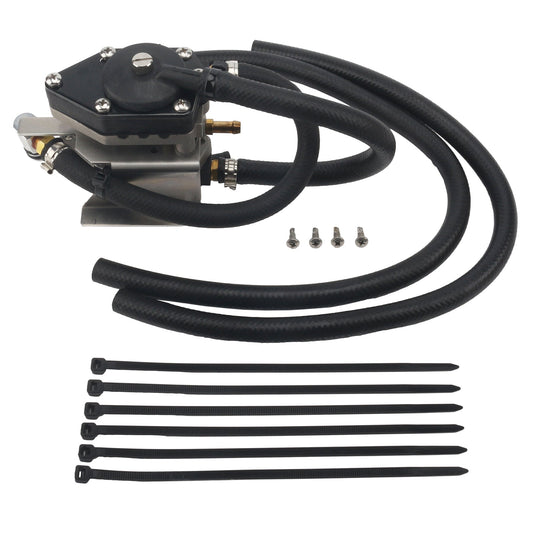
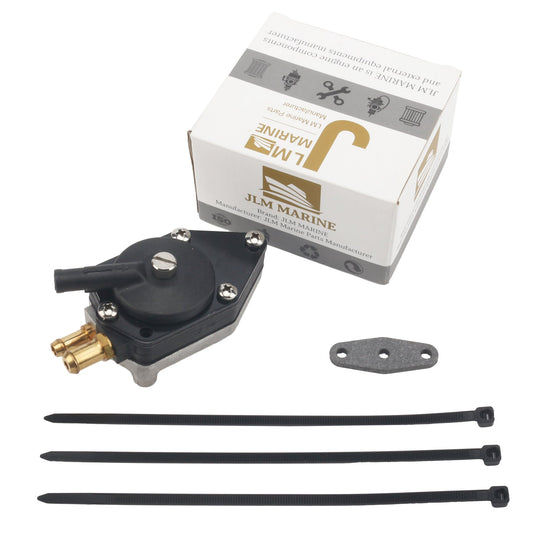

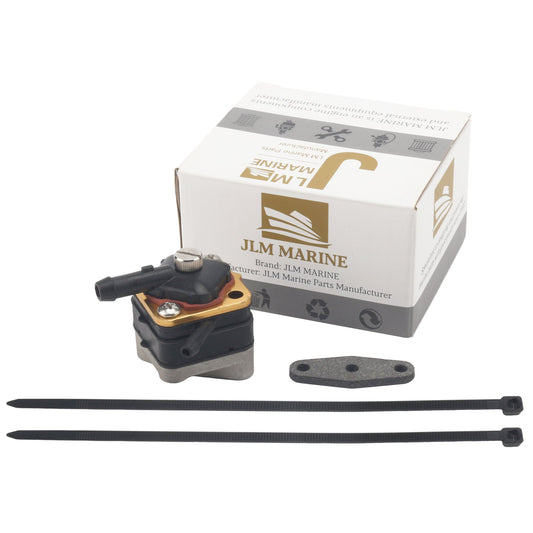
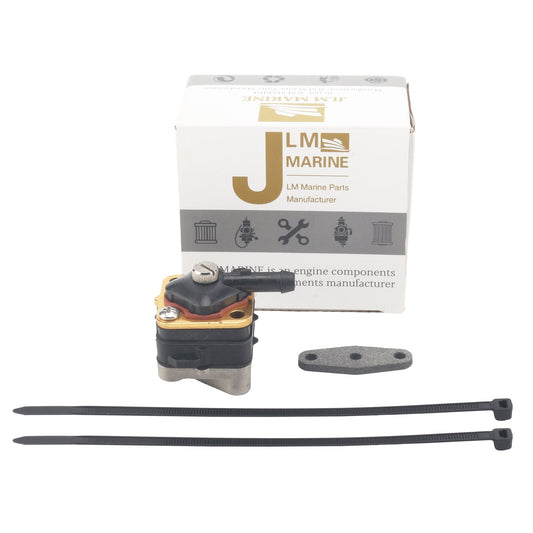
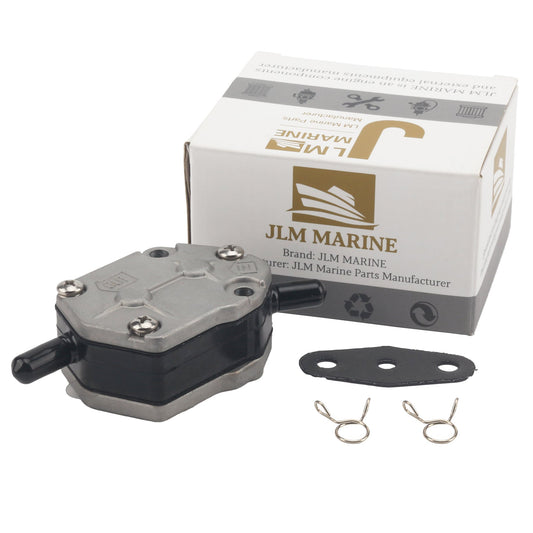
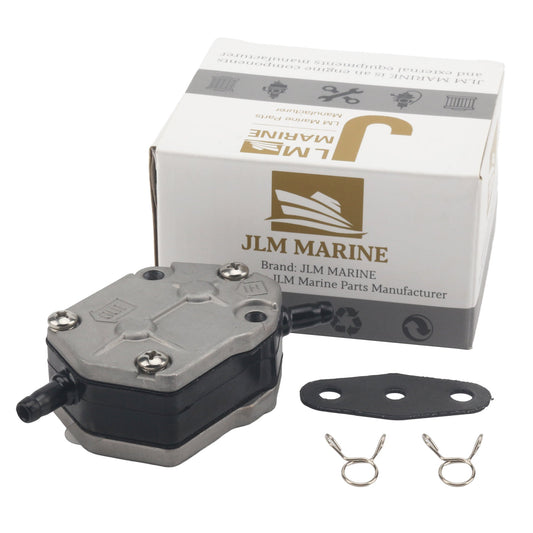
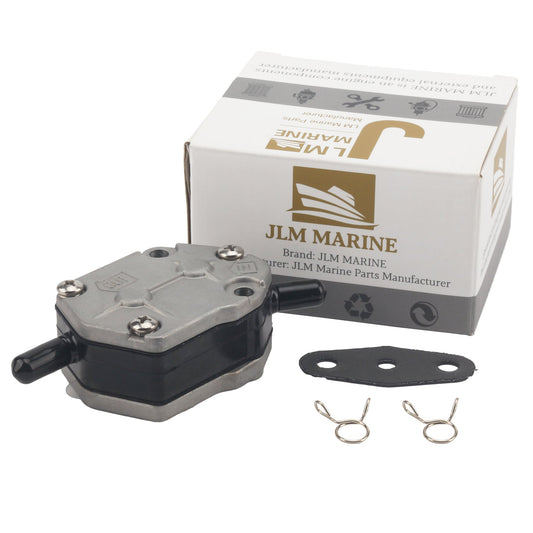
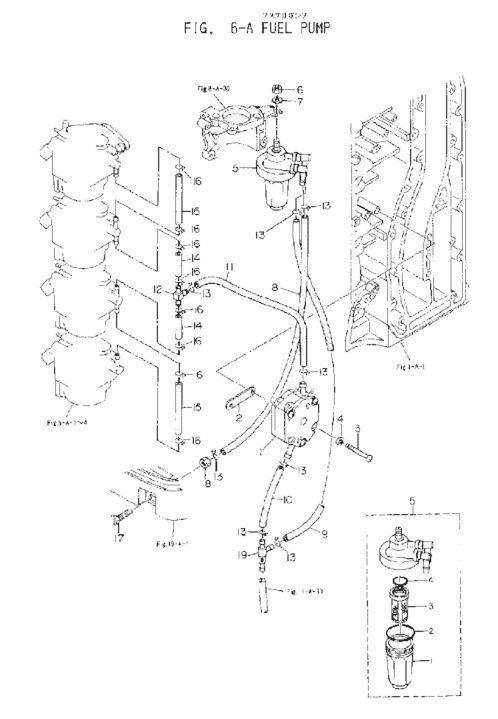
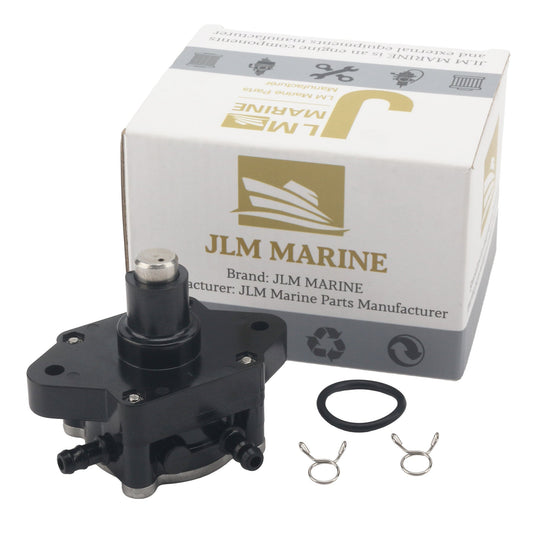
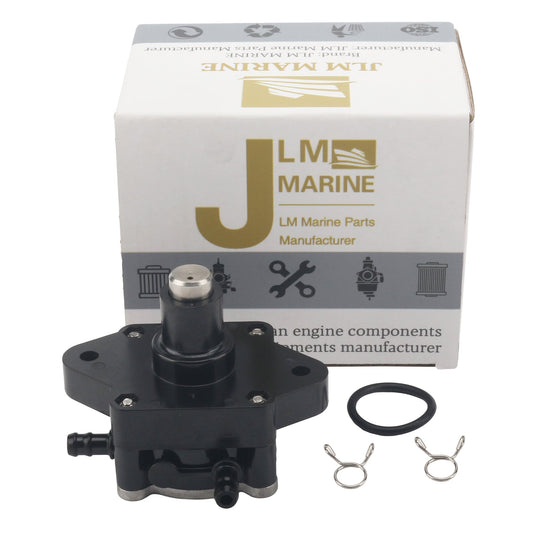
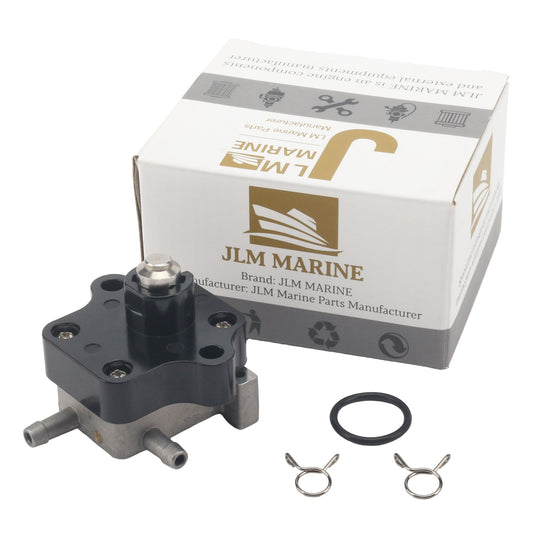
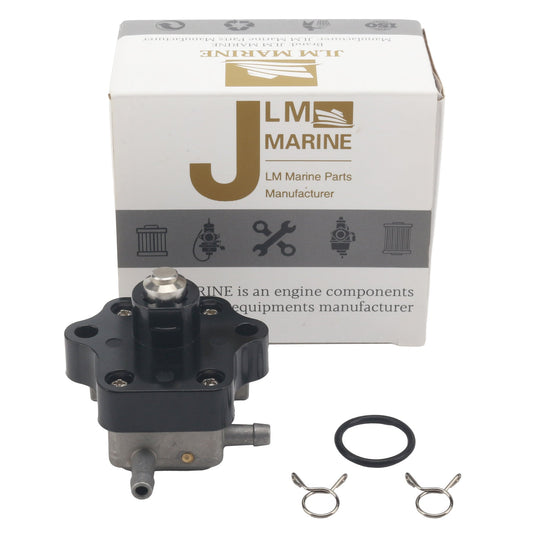
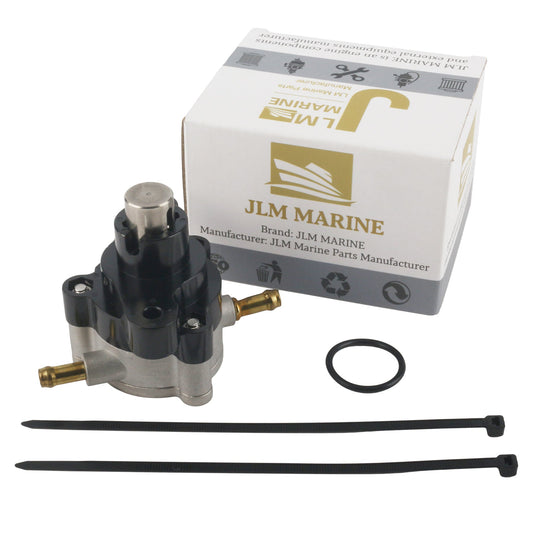
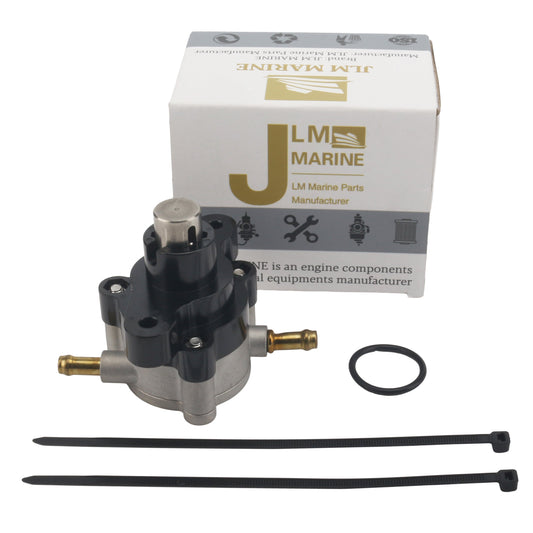
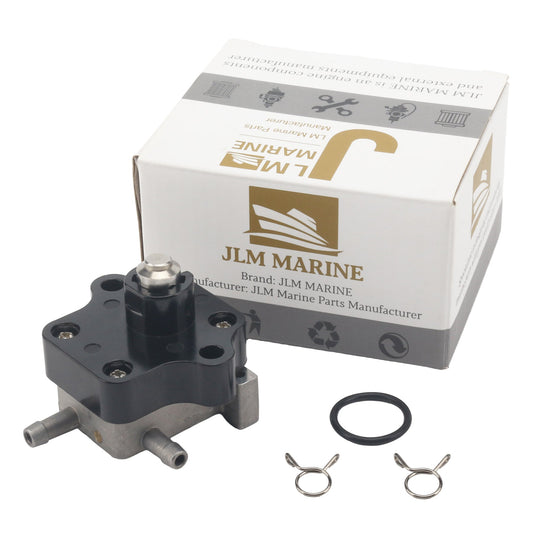
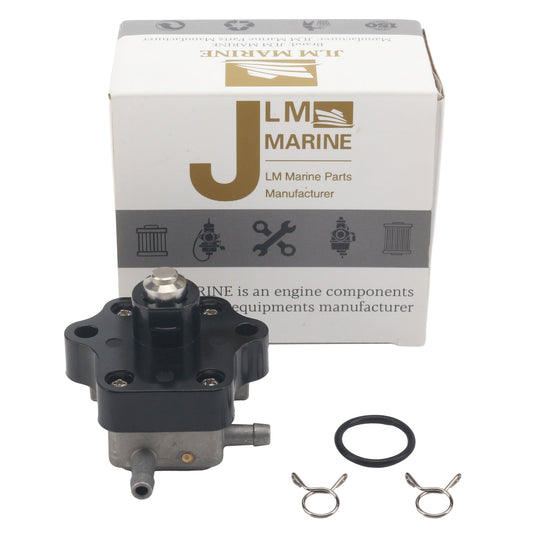
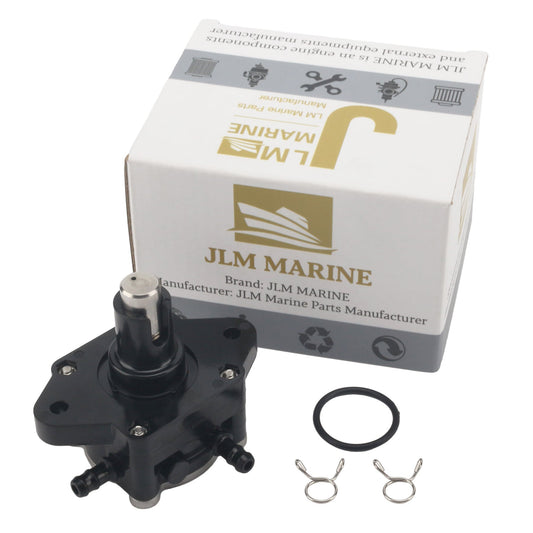
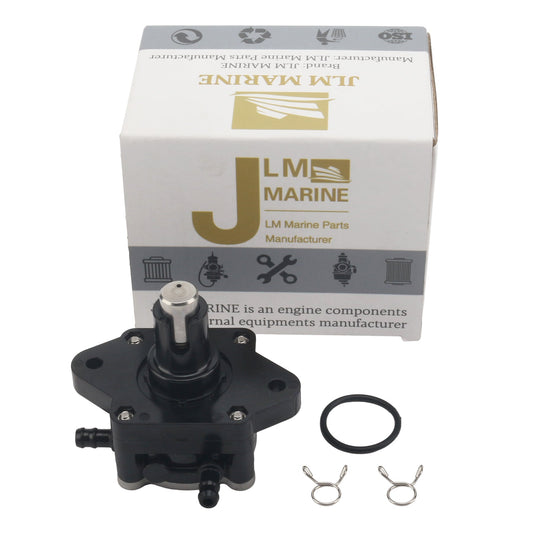
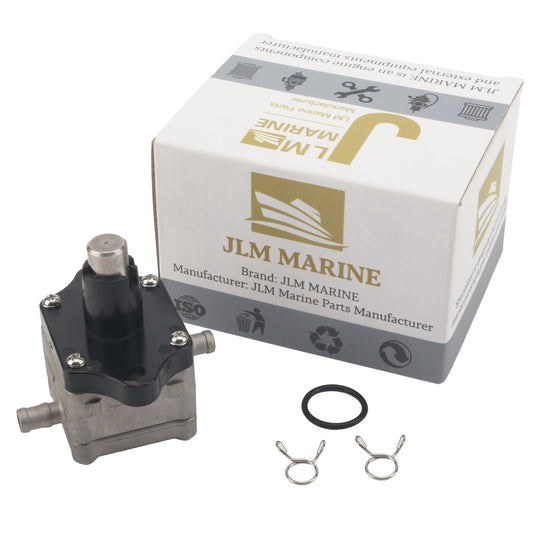
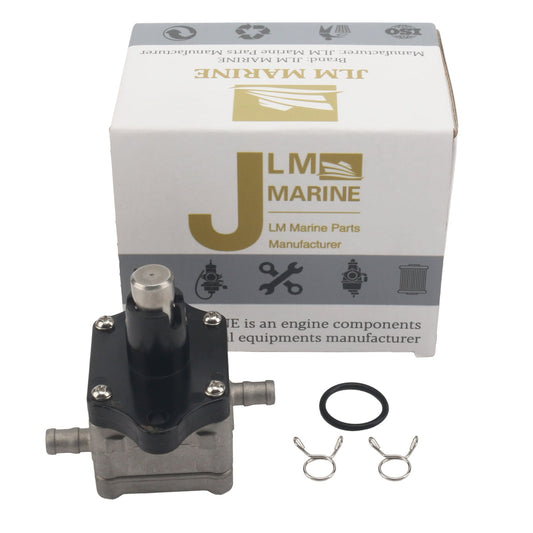
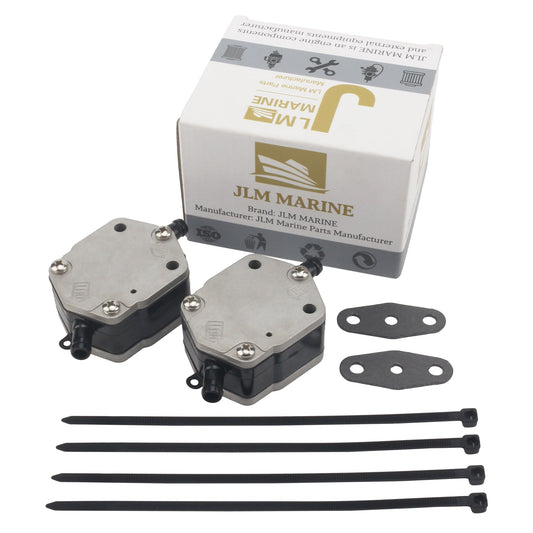
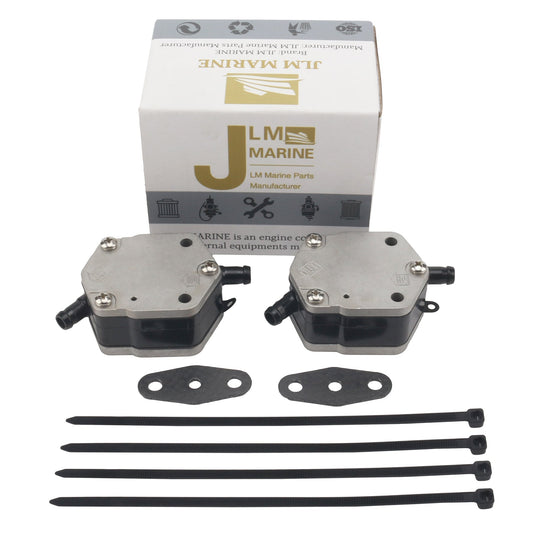
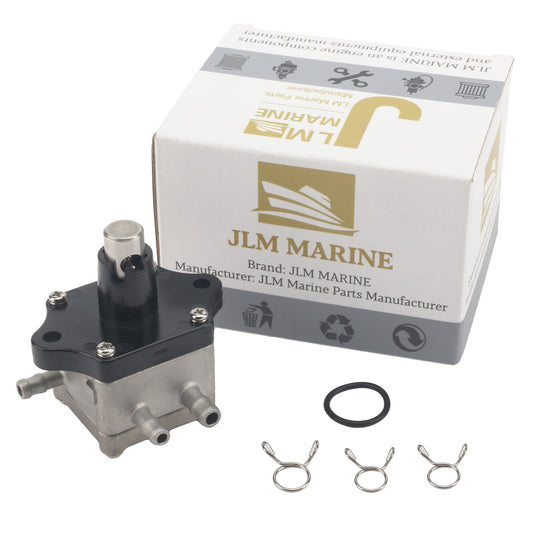
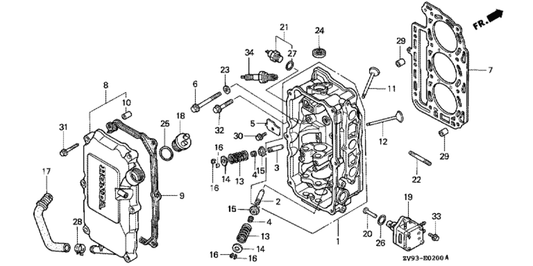
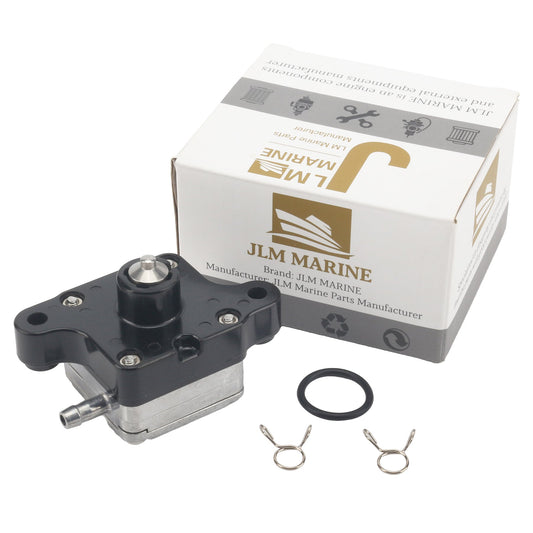
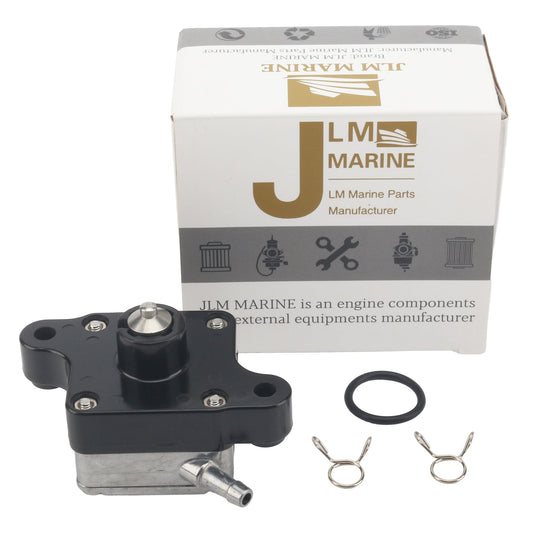
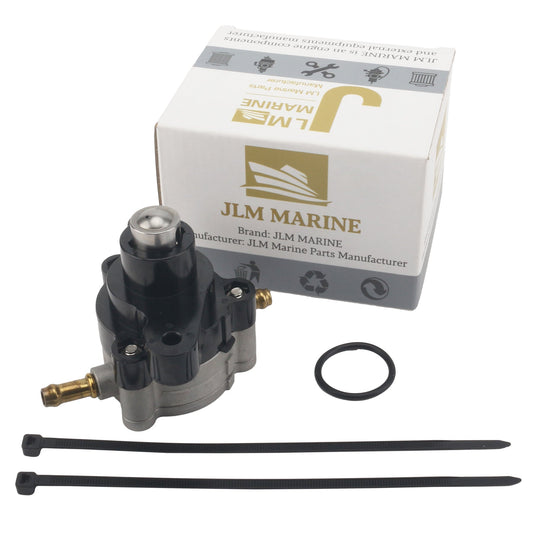
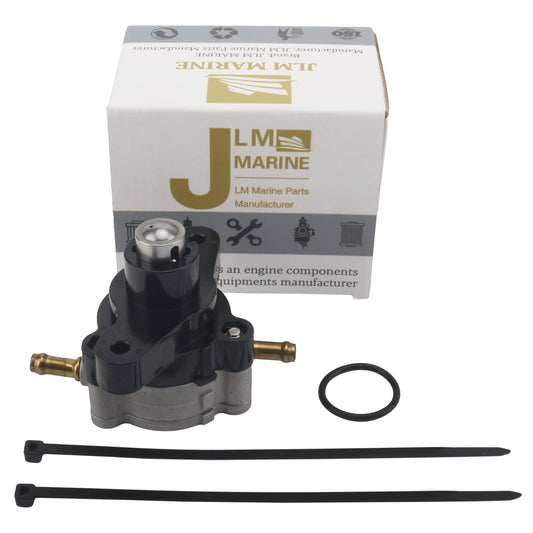

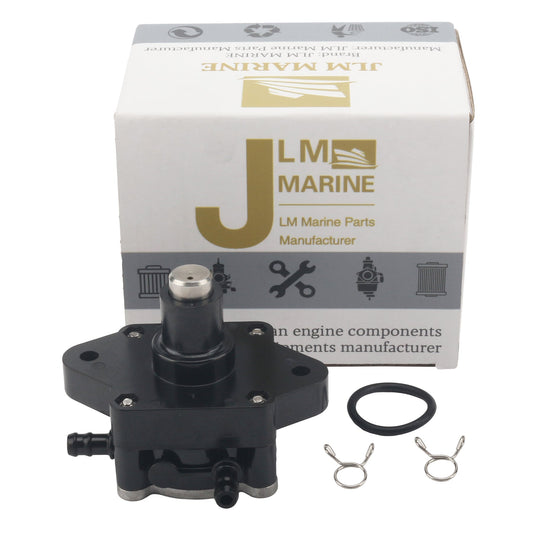
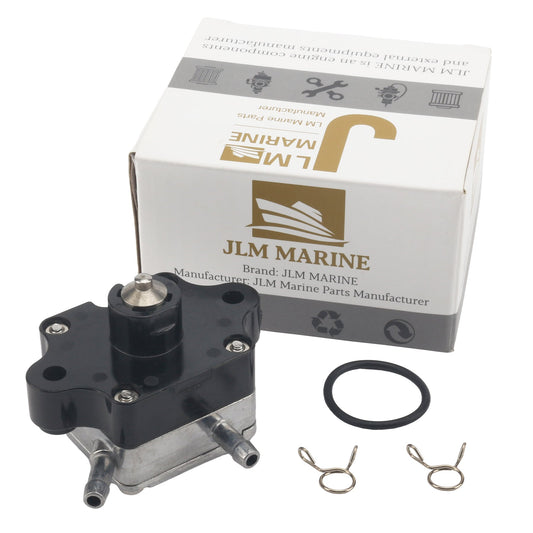
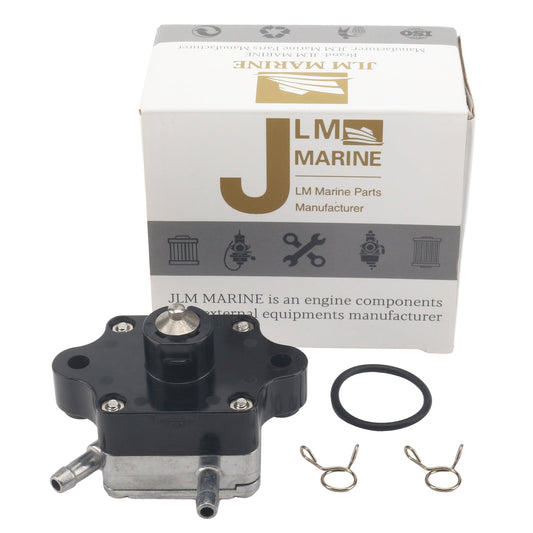
Leave a comment
Please note, comments need to be approved before they are published.